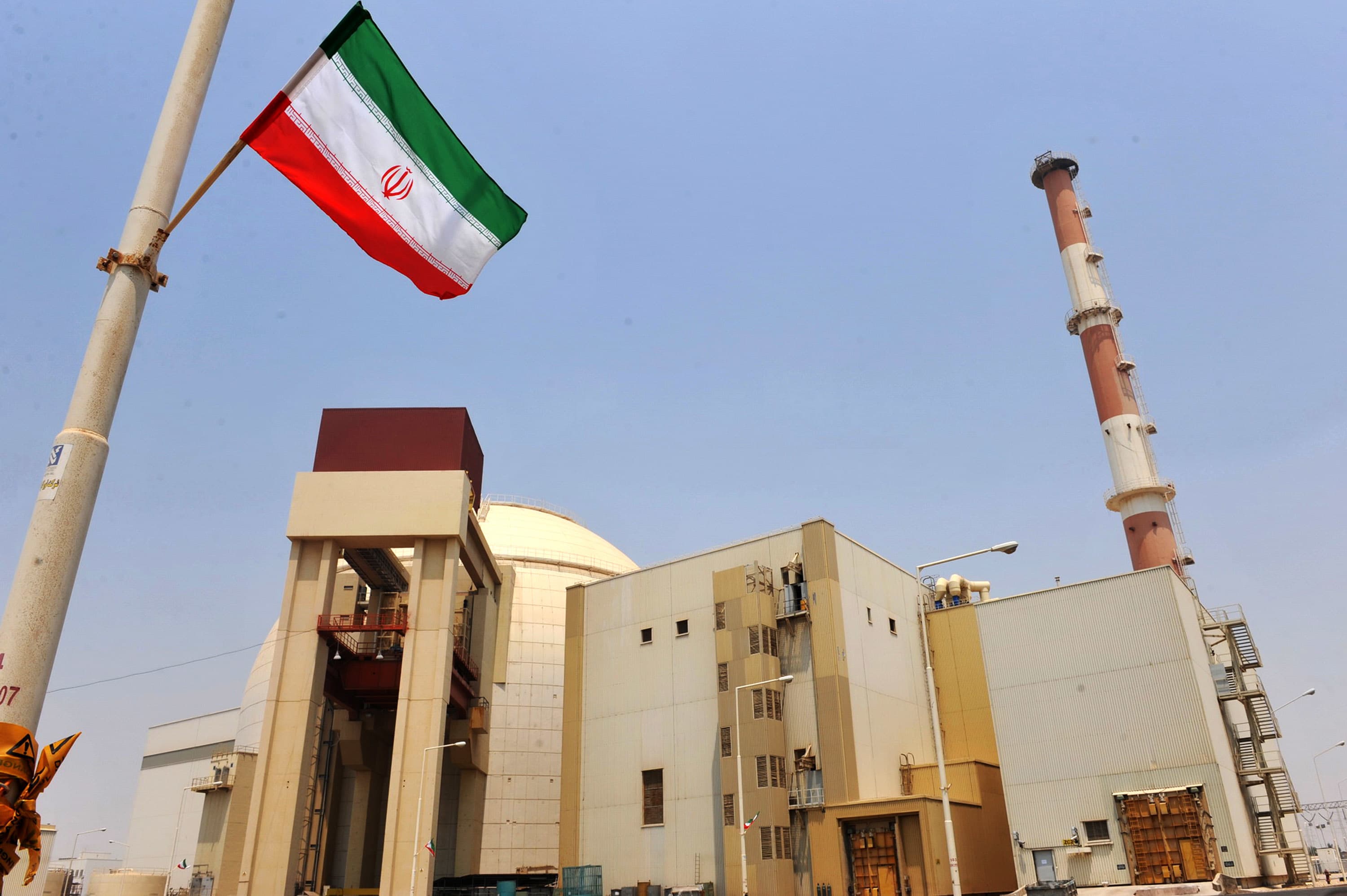
This image provided by the IIPA (Iran International Photo Agency) shows a view of the reactor building of the Russian-built Bushehr nuclear power plant while the first fuel is being loaded, on August 21, 2010 in Bushehr, southern Iran.
Getty Images
The US and Iran are stepping up efforts to resolve a nuclear standoff that is straining global oil markets and experts skeptical of success.
“It is time for these negotiations,” Helima Croft, global head of commodities strategy at RBC Capital Markets told CNBC’s Hadley Gamble on Tuesday, when representatives met in Vienna, Austria for “indirect talks” to bring both countries back into line with the 2015 nuclear deal.
“In a few weeks, we will enter election season in Iran, and if we don’t get a significant breakthrough in these negotiations, everything will likely freeze,” she said.
While the talks are the most significant step forward in efforts to revive the deal, neither side expects a major breakthrough. Iranian officials want the US to end Trump-era economic sanctions before returning to compliance – a concession Washington is unwilling to accept.
“I don’t think we can expect much,” Albert Wolf, an associate fellow at the Johns Hopkins School of Advanced International Studies, told CNBC on Tuesday.
Skepticism about the talks was compounded by reports that European officials would act as middlemen between the US and Iran, rather than both sides meeting in person to discuss the issues.
“There weren’t even formal or informal talks between the US and Iranian parties, so it looks like these talks will fail at this point,” said Wolf.
Others, including former United States Secretary of Energy Ernest Moniz have said that time is running out for the US to engage in meaningful diplomacy. The Iranian elections in June are widely expected to yield a more harsh political leadership, after years of economic suffering caused by the Trump administration’s sanctions following Washington’s withdrawal from the deal in May 2018.
Iranian Foreign Ministry spokesman Saied Khatibzadeh gestures during a press conference in Tehran on February 22, 2021. Iran hailed as a “significant achievement” a temporary agreement that Tehran reached with the head of the UN nuclear watchdog on the ground.
Photo by ATTA KENARE | AFP via Getty Images
US officials themselves seem to be equally sober about the talks.
“We do not underestimate the magnitude of the challenges ahead. These are the first days,” said Ned Price, spokesman for the State Department, during a press call on Monday.
“We do not expect an early or immediate breakthrough as these discussions that we fully expect will be difficult. But we do believe that these discussions with our partners and, in turn, our partners with Iran, are a healthy step forward.”
Price added: “We don’t expect there to be any direct talks with Iran at this point, but of course we remain open to them. And so we’ll have to see how it starts early this week.”
Barrels return
As one of OPEC’s largest oil producers, Iran’s exports were drastically scaled back in the years following the US withdrawal from the Joint Comprehensive Plan of Action. A return to the deal and the lifting of US sanctions on Iranian crude oil could have a significant impact on the dynamics of the oil market.
Croft said a “significant move” in the talks would increase the prospect of large amounts of Iranian oil returning to the world market.
“If they get a breakthrough in the next few weeks, I think we can look at significant volumes coming to market in the second half of the year,” she said.
However, she added that if Washington or Tehran dig in and there is no breakthrough, the chances of reviving the deal and fully recovering Iranian exports this year will diminish significantly.
However, not all market observers see the talks in Iran as affecting the price of crude oil anytime soon. Analysts at Goldman Sachs led by Damien Courvalin do not see a full recovery in Iranian oil exports this year.
“After an increase in Iran’s exports so far this year, our baseline scenario remains that a full recovery will not occur until the summer of 2022, implying an agreement likely in early 2022,” Goldman analysts wrote in a note on Tuesday.
“Even if an agreement comes earlier, we believe it would not derail our constructive oil outlook against the market outlook up to 2022, given OPEC’s likely compensatory response and consensus expectation for Iran’s return by next year. ”
Iranian crude oil exports to China
Iranian crude oil production has risen markedly in recent months, reaching 2.14 million barrels per day in February, according to S&P Global Platts – “up 190,000 barrels per day from the 33-year low of 1.95 million. v / d in August, “the company reported.
The boost comes as Tehran expands its oil shipments to China in spite of Washington, a venture enabled by anti-detection methods such as disabling its ships’ transponders or AIS – Automatic Identification System – a technique that has led to referred to their ships as “ghost ships.”
While US officials have condemned this practice, Croft warned that Washington’s economic influence may have been eroded thanks to more robust oil prices and rising Iran’s exports to China.
“It doesn’t look like Iran has any tremendous fear of being stopped by the US government,” Croft said.
– CNBC’s Amanda Macias contributed to this report.